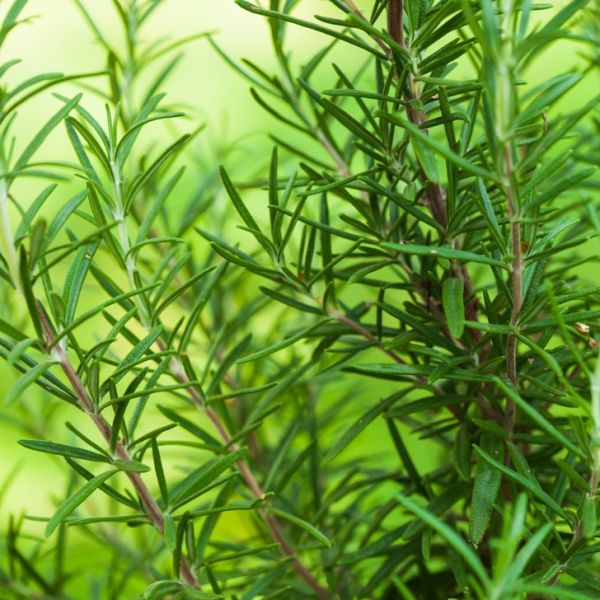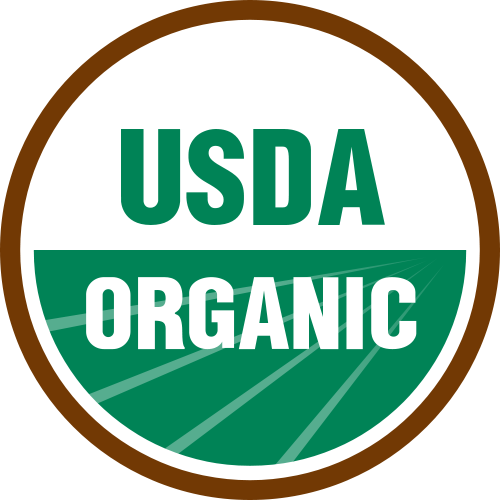| Latin Name : | Rosmarinus officinalis |
| English Name : | Rosemary |
| French Name : | Romarin |
| Family : | Lamiaceae |
| Origin : | France, Morocco, Spain, Tunisia, Malawi |
History and Origin
Rosemary is a shrub of the lamiaceae family native to the Mediterranean area.Its stem, that can reach two metres in length, is covered with a greyish bark and divides into opposing branches. Its leaves are longer than they are wide, with slightly rolled edges. Its blue flower spikes blossom from January to May. The name "rosemary" derives from the Latin for "dew" (ros) and "sea" (marinus), or "dew of the sea".
Rosemary has been one of the first plants widely used therapeutically, for cooking as well as for its pleasant aroma. As an example, in Ancient Greece, rosemary sprigs were burnt as incense at shrines. In the Middle Age, it was used to treat respiratory and circulatory disorders, liver congestion, muscular and rheumatic pain as well as skin and hair problems.







